Exporting Mold Compensation Model in Moldex3D
Mold compensation method is a common technique used to make reparation for injection molded part shrinkage. Based on the predicted deformation value, the mold cavity is designed slightly larger than the real product design in order to meet the dimension criteria after part shrinkage. However, due to the complexity of molding process and its effect to part deformation, it can be difficult to obtain the dimension change information after molding and define a proper compensation value. To resolve this issue, Moldex3D can Export Deformed Model with different formats of STL for further application. Also, combined with NX Global Deformation Function, Moldex3D enables users to execute mold compensation method. The following steps will show how to export deformed model and execute mold compensation sequence. Step 1. After running warpage analysis in Moldex3D, go to Set Warpage Scale Note: All exported files include surface mesh element data containing deformation information, and their associated CAD kernel are as below. To obtain a deformed geometry profile, it requires a further transfer process which will also be introduced in this section. Step 2. Define Warpage Scale with different compensation rates of deformation in X, Y and Z directions. For the Mold Compensation model, check Reverse deformation direction. Then, specify the file name and the folder path, and click Note: If Reverse deformation direction is not checked, the scale=1.000, which means it will export the true deformation shape after warpage. Step 3. In NX user interface, launch Global Deformation with the following steps: Menu > Edit > Surface > Global Deformation. Choose Points from file and Select Sheet Body respectively under Defined By and Product Shapeoptions. Step 4. Import the files *Warp.csv and *Warp_Deformed.csv. Set the result body as Compensated and define the deformation factor as 1.00. Then click show results and OK Step 5. To export the deformed model, follow the steps: File > Export > Export options. Select the file type and Selected Objects, and then click Sheet Body of Global Deformation and OK to export Step 6. The CAD converting and exported compensation model are shown below. Tinplate (SPTE, tin-coated iron) is the common name of cold-rolled electroplated tin sheet, which refers to the cold-rolled low-carbon sheet steel or steel strip coated with commercial pure tin on both sides. Tinplate sheet,Tinned iron plate,cold rolled low carbon sheet steel,electroplated tin sheet steel Shandong Fengbao Metal Products CO.,LTD. , https://www.fbsteelpipes.com![]() , and then click Export Deformed Model OptionÂ
, and then click Export Deformed Model Option ![]()  to export the warpage result. Select the exported file format. Available file formats include STL(ASCII), STL(Binary), CATIA RSO format and NX Global Deformation format.
 to export the warpage result. Select the exported file format. Available file formats include STL(ASCII), STL(Binary), CATIA RSO format and NX Global Deformation format.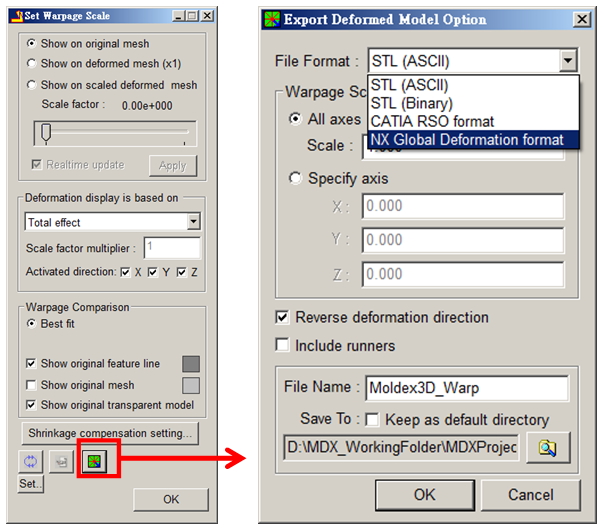
![]() Â to export the file.
 to export the file.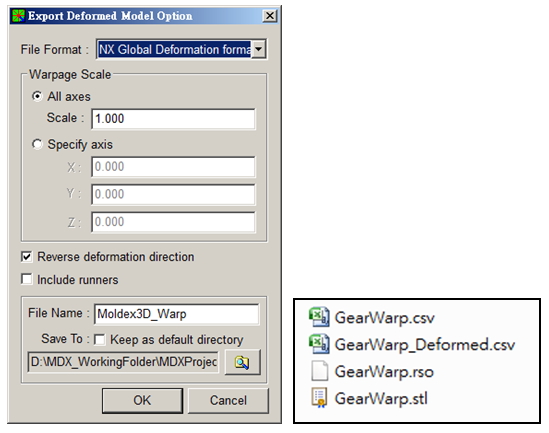
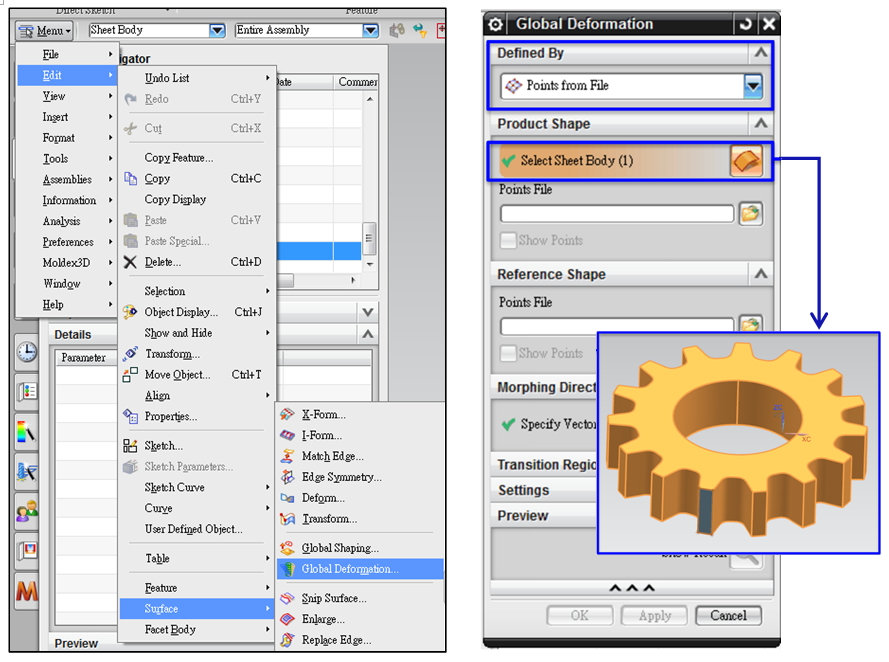
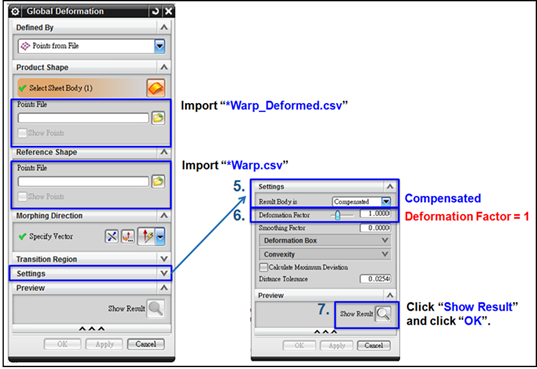
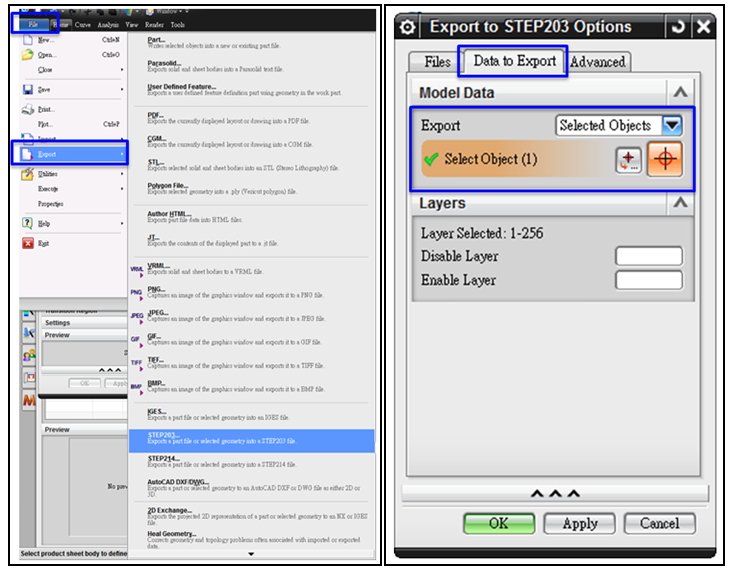
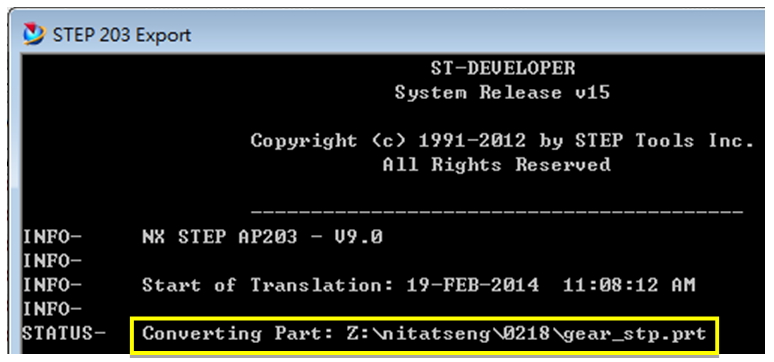
Characteristic advantage
1.Light permeability
In addition to triggering deterioration reactions in foods, light also causes changes in proteins and amino acids. The exposure of vitamin C to light makes it easier to interact with other food ingredients, resulting in a large loss. According to research and analysis, the loss of vitamin C in transparent glass bottles of milk is 14 times higher than that in dark bottles of milk, light will also cause milk to produce oxidative smell, as well as nuclide, methionine and other cracking and loss of nutritional value, tinplate can opaque light makes the highest preservation rate of vitamin C.
2.Good sealing
The barrier of packaging containers to air and other volatile gases is very important for the preservation of nutrients and sensory quality. The comparison of various juice packaging containers showed that the oxygen permeability of the container directly affected the Browning and vitamin C preservation of the juice. The preservation of vitamin C is better in metal cans, glass bottles, aluminum foil glue layers and cartons with low oxygen transmission rate, of which iron cans are the best.
3.Reduction of tin
The tin in the inner wall of the tin plate will interact with the oxygen remaining in the container during filling, reducing the chance of the food ingredients being oxidized. The reducing effect of tin has a good preservation effect on the flavor and color of light colored fruits and juices, so the juice cans filled with unpainted iron cans have better nutritional preservation than those filled with other packaging materials, and the Browning change is slight, the acceptance of flavor quality is better, and the storage period is extended.
Use
The application of tinplate is very wide, from as food and beverage packaging materials to grease cans, chemical cans and other miscellaneous cans, the advantages and characteristics of tinplate provide content in the physical and chemical properties of good protection.